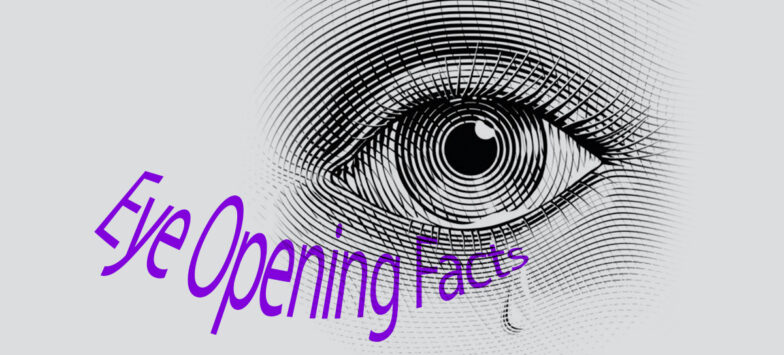
Ten Things You Probably Don’t Know About Tears
Our everyday tear film is essential for the way it protects our eyes, keeps them moist, and allows us to see clearly. And if you’ve ever had a run-in with a raw onion or sad movie, or numerous other triggers, you’re familiar with the uniquely human phenomenon known as crying. It turns out that tears are more complex than we may think, as these tear facts from the American Academy of Ophthalmology show:
1. On average, a person’s eyes make 15 to 30 gallons of tears a year. And though tear production declines with age, you’ll never run out completely!
2. Human eyes produce three different kinds of tears: basal tears, which lubricate, nourish, and keep dirt away from the cornea; reflex tears, which wash away irritants; and emotional tears that may be triggered by joy as well as sadness.
3. Some scientists hypothesize that the tears we cry when we are feeling strong emotions contain hormones and proteins that aren’t present in basal tears.
4. Human tears are similar in structure to saliva. They have an inner mucus layer that lets them stick to the eye, a thick watery middle layer that hydrates, and an oily outer layer that stems evaporation and keeps the tear smooth enough to see through.
5. Tears are created by lacrimal glands above each eye.
6. Tears drain out through tiny holes, or puncta, in the corners of the eyelids; from there, they are funneled into the nose and either evaporate or are reabsorbed.
7. What we think of as crying happens when a lot of emotional or reflex tears overwhelm the drainage system and spill out of the eyes and sometimes dribble out of your nose.
8. Basal tear production slows with age, and this can lead to the development of Dry Eye. For more about this condition, see our May, 2022 Blog More Women Than Men Take this “Prize”: Dry Eye!
9. In general, women cry about three to four times more frequently than men, and when they do cry it tends to be more intense.
10. Through childhood and early adolescence, physical pain is also a common trigger for emotional tears, which tends to decrease with age.
As you can see, the tears we keep and the ones we shed are both important. Be aware that an eye infection, swelling, injury or a tumor can cause a blocked tear duct in adults. If you think you may have a problem with tear production or drainage, or any other eye or vision problem, please contact us at Atlantic Eye right away for an evaluation.
